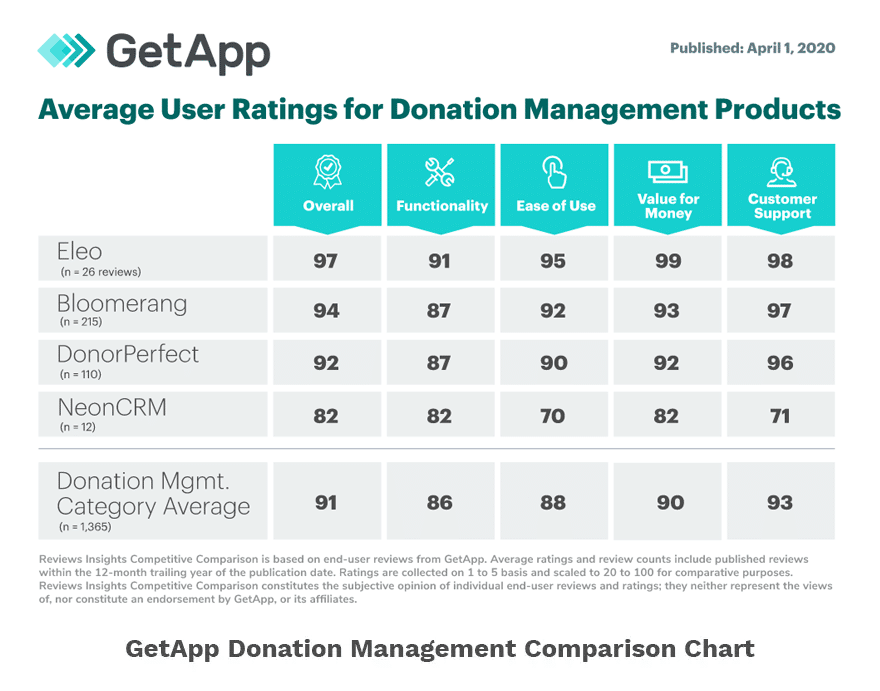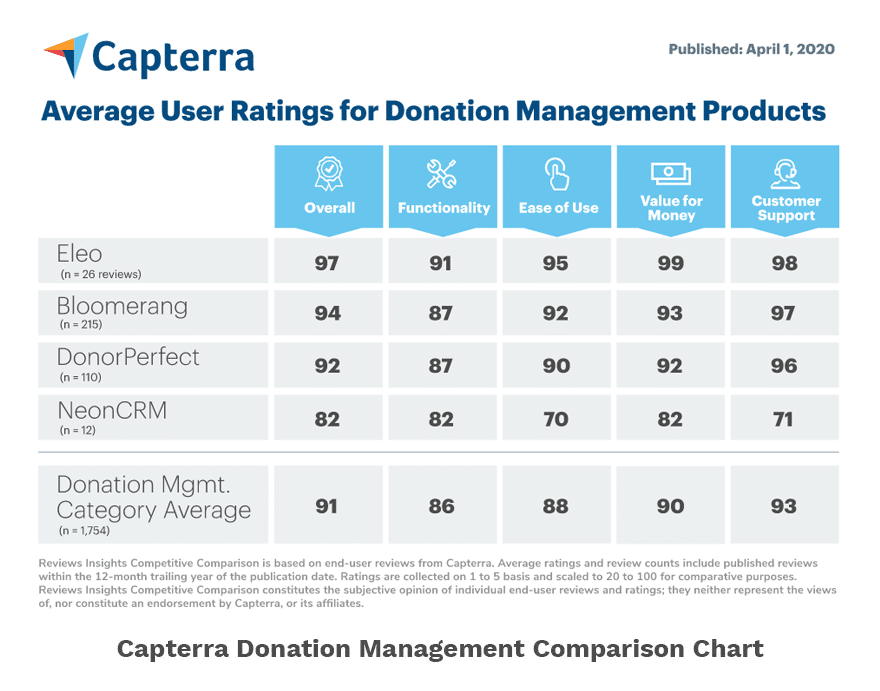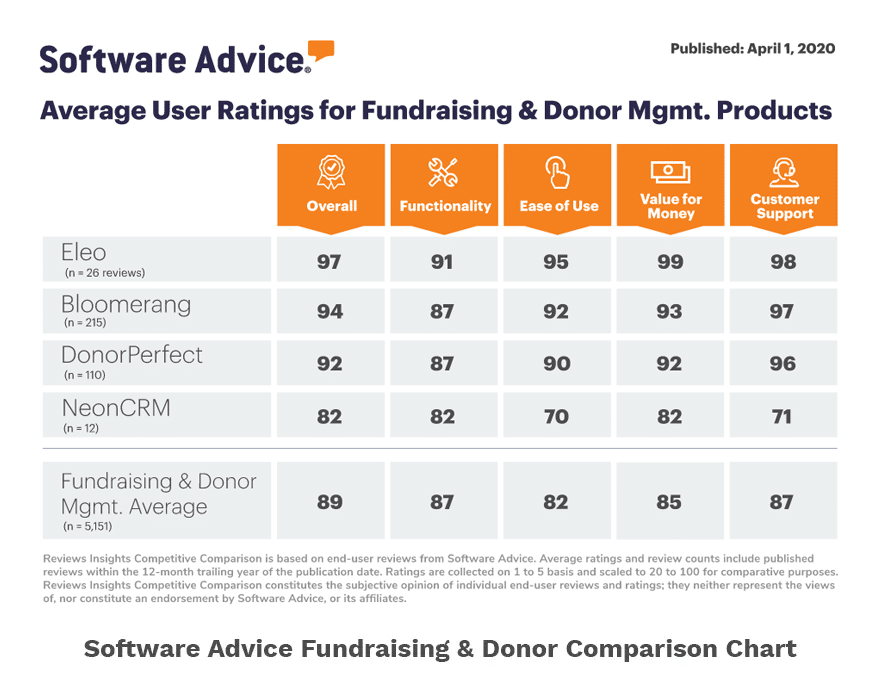
According to the U.S. Department of Labor, women’s participation in the labor force has increased from 32.7 percent in 1948 to 56.8 percent in 2016. The percentage of female workers with college degrees has nearly quadrupled since 1970 (11 percent to 40 percent), and women own nearly 10 million businesses in our country. During the last election, we saw record numbers of women running for local, state and federal offices.
Although women are still underrepresented in a number of executive positions and industries, women are making more, investing more, and calling the shots more, both at work and at home. Not only are women capable of giving major gifts to nonprofits, but research has shown that women give more, and more often, than men.
In fact, The Economist reported that private wealth held by women grew from $34 trillion in 2010 to $51 trillion in 2015. That’s 50 percent growth in five years. Data from Forbes shows that women give away almost twice as much of their wealth as men.
Unfortunately, most nonprofits haven’t caught up to this trend. Nonprofits haven’t learned why women give, how to engage female donors, or why their causes would appeal to women. Even though women volunteer more than men, make up a higher percentage of nonprofit staff than men, and have the financial means to be major donors, nonprofits still tend to focus on male donors. As a result, they often miss out on large gifts.
Here are important insights about female donors that nonprofits should consider when developing fundraising, communication and retention strategies.
How the Female Brain Is Wired
Research has shown that women have higher emotional intelligence scores than men. The emotional component of giving to make a difference matters more to women because their brain chemistry is more “tuned in” emotionally. In other words, women aren’t just giving because they get a tax break. Empathy and altruism play larger roles in their decisions to give. Nonprofits often do a good job appealing to emotions but need to do a better job appealing to women specifically.
Bring It On
Male donors tend to give to a cause that’s manageable and with goals that are easily attainable. Women are more willing to take on bigger, broader challenges in order to achieve systemic change. Even if a situation seems dire, women believe they can make it better. Nonprofits should seek out female donors when their mission or specific initiatives seem challenging.
Unafraid of Failure
Women aren’t deterred by failure or a bad experience. Even if a campaign doesn’t achieve its goals or an event falls flat, women will continue to donate if they believe strongly in the mission. If the desired outcome isn’t ideal, women will look to learn from that experience rather than bail on the cause. Nonprofits shouldn’t be hesitant to seek donations from women when things don’t go perfectly.
No Recognition Necessary
Women are less likely to want or expect a banquet in their honor. They don’t need special recognition or a shout out for giving a major gift. Women would rather have hands-on involvement in a nonprofit’s cause to see firsthand that their gift is making a difference. Nonprofits should engage female donors more often and create more opportunities for direct involvement beyond asking for a donation once a year.
Women are willing and able to be major donors. Their priorities and motivations may be different from men, but the desire and financial means among women are the same. Nonprofits need to take the time to understand female donors and recruit more women to fill board and chair positions to ensure fundraising, communication and retention strategies make a connection with women.





